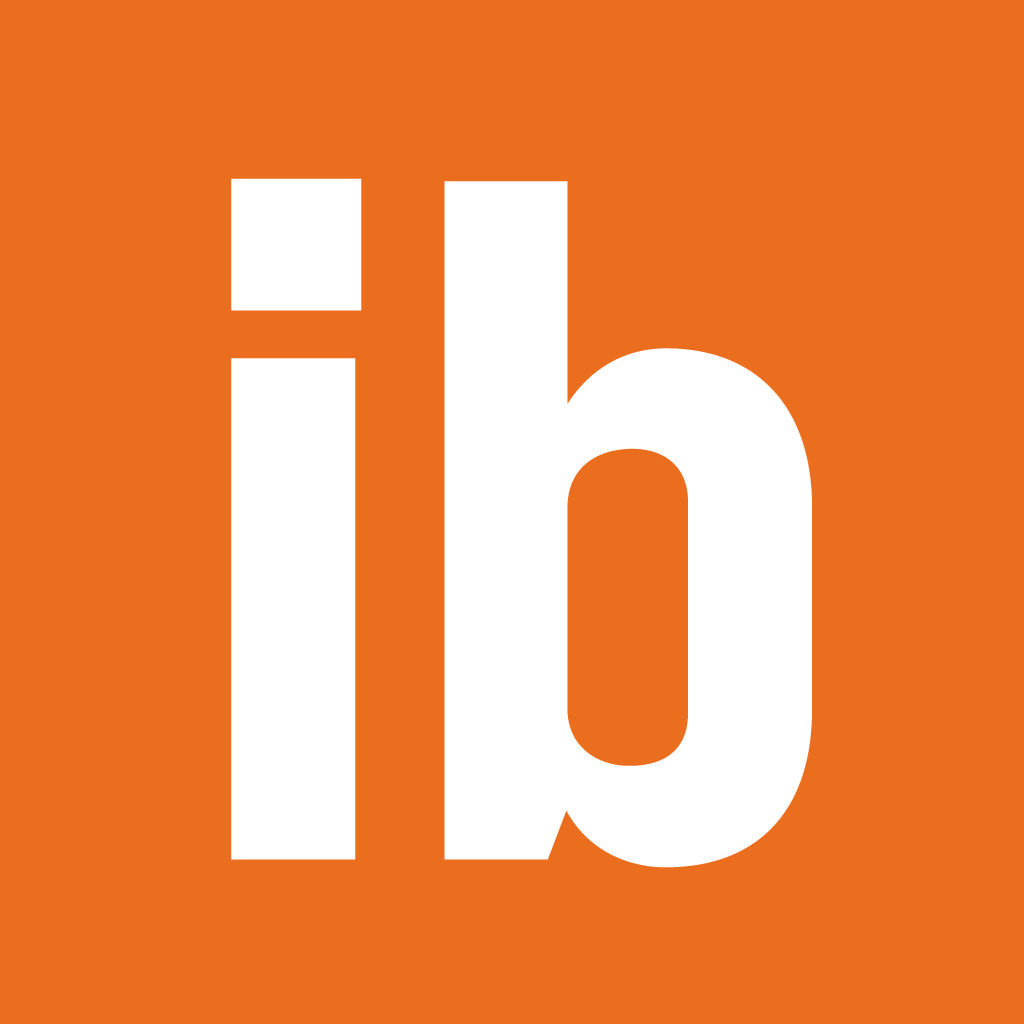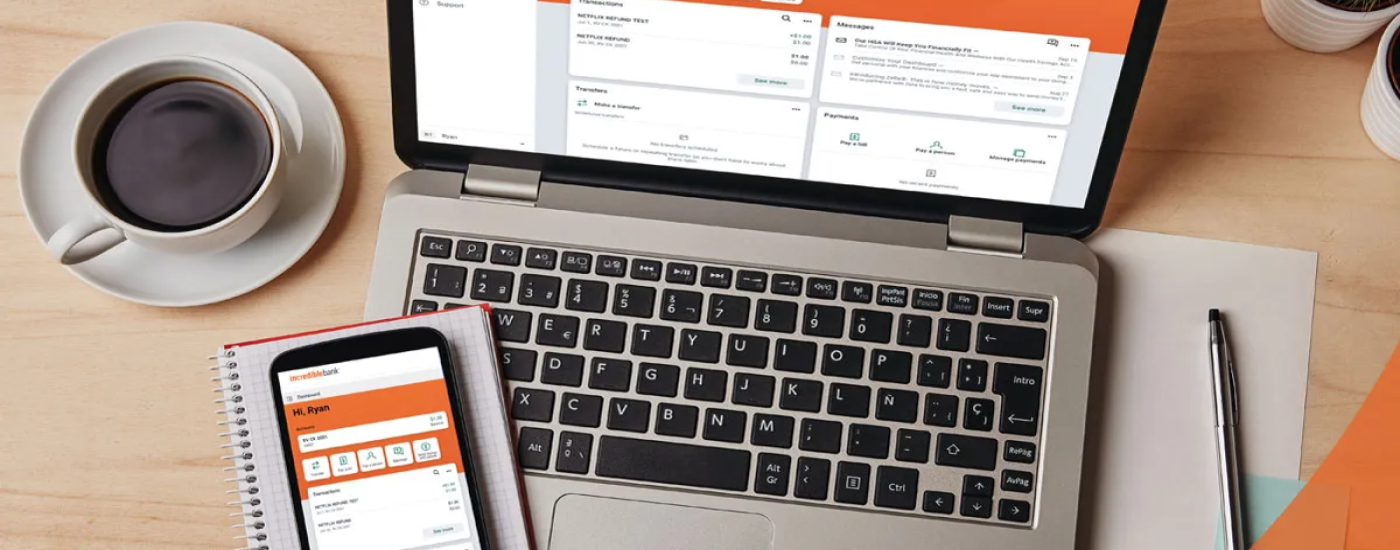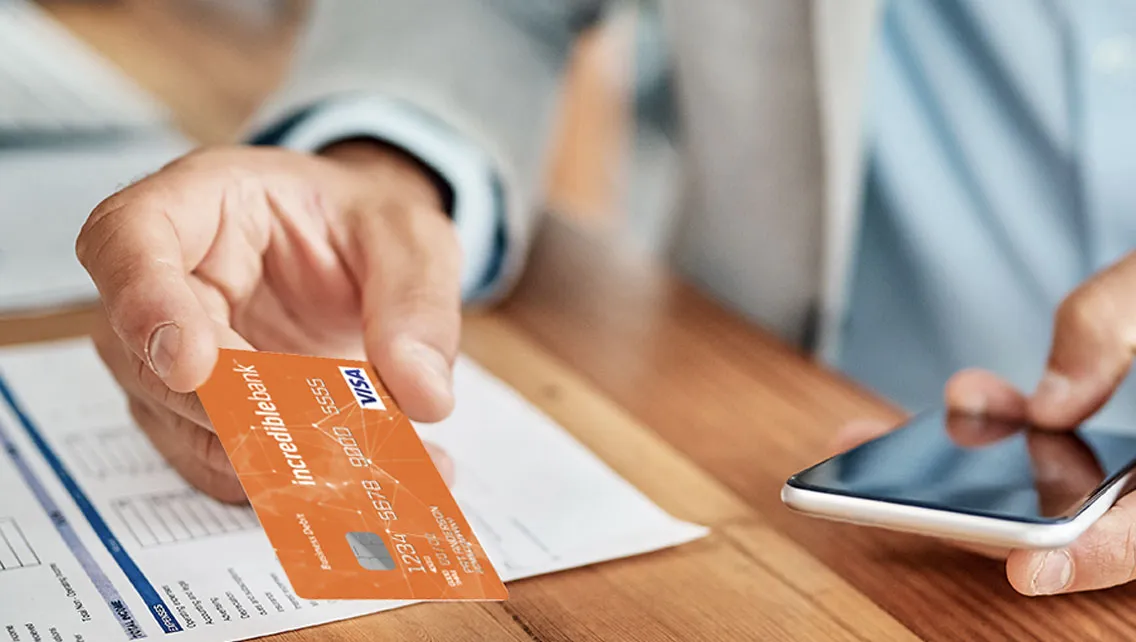So you want to switch banks.
Okay, okay, let’s be honest, you probably don’t want to. But whether you feel compelled to because your current bank isn’t cutting it, or your new bank has something great to offer, switching banks can feel overwhelming.
Well – we’re here with your guide to switching banks to help you feel confident as you make the move. Let’s get started!
Step one: Know what you’re looking for in a bank
Why are you making the switch? If you’re unhappy with your current bank, consider what it is that has you unhappy. Fees? Interest rates? Customer service? Technology?
Your answer to this question will help you ensure your new bank lives up to your unique needs and expectations.
Step two: Research your options
If you don’t already have a bank in mind, you’ll want to do some research to find the right option for you. Your response to the question in step one will guide you here.
For example, if banking technology is the most important to you, look at the website and even YouTube channels of the banks you’re considering. They’ll often have information about their banking technology, including video demos of their mobile app or online banking. That can give you a feel for whether the technology will meet your needs.
If it’s fees or interest rates that are most important to you, it’s possible that you’ll find that some fees and interest rates aren’t listed on the website. If that’s the case, you can request documents with that information from each bank and each account:
- Truth in Savings disclosure: Document for all deposit accounts that lists the features of the account and how the account functions. And don’t let the term “Truth in Savings” fool you – these are for all types of deposit accounts, including checking accounts, savings accounts, CDs, and money market accounts.
- Schedule of Fees: List of all fees that may apply to your account.
In other words, research each bank and account, looking specifically for information about what’s most important to you.
Step three: List all automatic deposits and withdrawals coming from your current account
Okay, so now you have a good idea where you want to move your accounts. Time to pack up, right?
NOT SO FAST.
Before you close your accounts and move your money, first make sure you have a list of all of the automatic deposits and withdrawals coming from your account. The last thing you want is to end up with late fees for any of your bills and payments.
Write down the dollar amount and account numbers for item. This list should include things like:
- Direct deposits (it's as simple as filling out a form!)
- Dividend deposits
- Utility payments
- Credit card payments
- Mortgage or rent payments
- Subscriptions (think Netflix, Hulu, and others)
Make this list by reviewing your account activity using your current mobile or online banking platform. By reviewing all of your transactions (going several months back in case there are payments that are not monthly), you are more likely to see all payments. Be sure to include payments that are directed from your debit card.
Also keep in mind that some of your payments may be set up through the bill payment service of your current bank, and some may be set up through the biller website. Include both types on your list.
Step four: Open your new account!
….but keep your existing account open and with a balance that will cover any upcoming automatic payments.
While you may think opening account means traveling to a branch, at most banks you can open your account online in just a few minutes. Opening your new account should be a quick and easy process when done online.
Just be sure to have handy a valid ID, your social security number, and the account number and routing number of your current banking relationship.
Step five: Use online banking to set up your automatic deposits and withdrawals
Even if you originally had your payments set up through the biller website, setting it up through your new online bill payment service keeps all of your payments in one place. If you need to manage your accounts and payments, you can do it all from one place instead of having to go to each biller website.
Step six: Close your old account…
…but only once you see that each automatic deposit and withdrawal has come through your account.
Switching banks can certainly be a hassle, but by taking it step by step, you can be more confident in your ability to make the change without skipping a beat. Download our free PDF to make switching banks a breeze!






